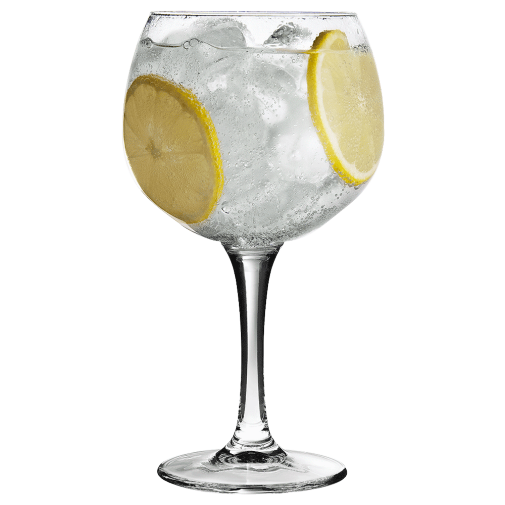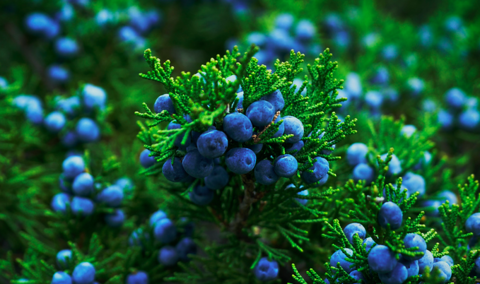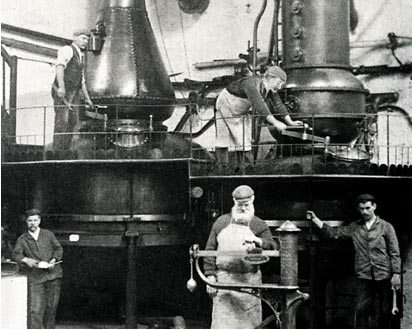What makes gin, gin?
- rosemarydearman1
- Jun 2, 2019
- 7 min read

"All gin uses juniper as its main ingredient. After that, however, there are very few limits to the hundreds of ingredients a distillery can use. " Simon Ford - Food Republic
The picture at left is my post inspiration source. Another ad in the latest Aldi catalogue - this time for gin - traditional Vickers on the right and craft Australian gin on the left - one called Rhuberry which I assume means it's got rhubarb and some kind of berry in it and the other being raspberry and mint. And if you look at the gins in your local bottle shop these days you will find all manner of different 'flavours'. Not at all what I would think of as gin. Some of them are not even colourless. I started to wonder whether they really were gin? I mean when you are making alcoholic drinks there are usually all manner of rules and restrictions as to what you can do.
Apparently not so much with gin. I gather the only real stipulation is that the major flavour must come from juniper berries. Which, amazingly, are very little cultivated commercially, like hardly at all. They are still harvested from the wild by bashing the trees with a stick, so that the ripe berries fall to the ground.
The juniper plant is a kind of pine, and the juniper 'berries' are actually a kind of pine cone.
"It is not a true berry but a cone with unusually fleshy and merged scales, which give it a berry-like appearance. Juniper berries may be the only spice derived from conifers." Wikipedia
You crush the 'berries' to get the flavour from them. Elizabeth David was a fan of juniper berries - they appear in quite a few of her recipes. And I will talk about juniper berries with respect to food another time. With respect to gin, they are what give the name to this spirit. It comes either from the French - genièvre or the Dutch jenever, both of which mean juniper. Genevieve is the girl's name derived from it and Jennifer is derived from Genevieve - hence the old Donovan song - Jennifer Juniper.
So gin is made from an alcohol with little or no taste, juniper berries and additional 'botanicals'. These 'botanicals' have, I think, traditionally been such things as cardamom, coriander, cassia bark and star anise. And Australia does make 'classic' gin as well as the more experimental 'craft' gins. Here is a selection.

But they are so good they win prizes - overseas. For example the Never Never Distilling Co., won the 2019 Worlds, Best Classic Gin at the World Gin Awards in London. Which sounds pretty impressive. Well I have just looked at their website and they don't mention it as far as I can see, but I certainly found this on a reputable website talking about Australian gin.
But Australia is not about to take over the world classic gin market. The bulk of that still comes from England, and - another surprising thing - half of the world's gin is drunk in the Phillipines! And as Stuart Gregor of Four Pillars says, "selling Aussie gin to the Poms is like selling ice to Eskimos.” And it's certainly true, that however successful exports of Australian wine have been, the bulk of the buyers are not from the traditional wine producing countries of Europe.

I'm guessing though, that where the real interest lies is in the 'flavoured' gins, and not the standard gin that you use for your gin and tonic. And by the way gin and tonic came into being in India where tonic water made from quinine to combat malaria was mixed with gin to make it more palatable. Me - I love tonic water on its own and will often have it as a refreshing summer drink. But then I have a taste for the bitter and the sour. I used to like gin and tonic too. And really I still do, but it is also too alcoholic a drink for me these days.
Back to 'flavoured' gins.
"I think the beauty of gin, and why gin is in such a resurgent position worldwide, is that it can taste so clearly of where it’s from. It expresses a sense of place better than any other white spirit.” Stuart Gregor - Four Pillars
"Gin is enjoying a global renaissance, and new wave distillers around the world are looking to their immediate surroundings for inspiration." Max Allen - Australian Financial Review


And here in Australia that seems to mean a lot of indigenous ingredients, like those illustrated above. An English website, The Gin Queen, has a diagram of the most commonly used ones. And I have to say that as I was reading about all of these craft gins these names cropped up over and over again.
There are other reasons why there has been such a resurgence in making a craft gin. One is that it is associated with the growth of tiny bars in the laneways of our major cities (most notably Melbourne of course), and the subsequent interest in cocktails. For gin is the perfect component in a cocktail, with at least a dozen of the world's most famous cocktails being based on gin.

Martini anyone? Or perhaps you would prefer a Pimms - which is not strictly a cocktail but an alcoholic drink based on gin. My mother used to have a Pimms when we stopped at those pubs I talked about in my post on crisps/chips.

"Gin is meant to be mixed, however, as the botanicals (herbs, spices etc.) come to life in cocktails and add complexity to the drink. This is why so many classic cocktails call for gin." Simon Ford - Food Republic
Another reason is the growth of 'craft beer'. It has been so successful that many people, who were not so much interested in beer, but more interested in wine and other kinds of alcohol thought they would have a go at gin. Vodka, whisky and brandy have too many rules and restrictions to allow experimentation I think. Although I'm not sure about the vodka. There was certainly a vodka craze a while back. Anyway, success in a product often inspires a move into a similar product - the next big thing that everyone is always searching for.
And the last reason is that it's relatively cheap to set yourself up. All you need is a still, a place to put it and time and enthusiasm. Plus talent I guess. On the left is an industrial scale old distillery. On the right - the hand crafted, imported from Germany, still at Four Pillars distillery. One of the top of the current Australian crop of gin distillers.
But I don't think you need one that is quite as beautiful as this one. Once you've got your still and you have bought your alcohol, then you can start experimenting with flavour. There are two ways of doing this.
"You can either add flavors to a distilled spirit and bottle it, or you can infuse botanicals into the spirit by distilling them together. Depending on your chosen method, you get a different kind of gin, and a different flavor profile." Seth Porges - Forbes Magazine
If you distill them together then obviously you need to make your own alcohol too. As some of these new distillers do.
I have yet to try any of these 'new' gins, and I'm probably unlikely to. They are obviously quite expensive to buy in the bottle, and I'm not likely to be visiting a trendy laneway bar any time soon. But then this is not aimed at me. It's aimed at the young, and it is a sector of the alcohol industry that is growing fast. In 2012 the Australian Distiller Association had 12 members. Now, in 2019, it has 200 or so and growing. Interest overseas in Australian gins is so intense that the suppliers have not been able to keep up with demand, because they all only make a few bottles. I think Four Pillars had a figure of somewhere between 400 and 500 for one of its brands - they have four.
To conclude - a tiny bit of history. Gin is thought of as quintessentially English, but it is actually a Dutch invention. The English noticed in the 17th century during the Thirty Years War with the Netherlands, that the Dutch soldiers would drink a tot of 'jinever' before battles to give them courage - which is where the nickname of 'Dutch courage' came from. So they began making their own. And pretty soon it was a disaster for the poor because it was cheap:
"Gin drinking in England rose significantly after the government allowed unlicensed gin production, and at the same time imposed a heavy duty on all imported spirits such as French brandy. This created a larger market for poor-quality barley that was unfit for brewing beer, and in 1695–1735 thousands of gin-shops sprang up throughout England, a period known as the Gin Craze. Because of the low price of gin, when compared with other drinks available at the same time, and in the same geographic location, gin began to be consumed regularly by the poor. Of the 15,000 drinking establishments in London, not including coffee shops and drinking chocolate shops, over half were gin shops." Wikipedia
William Hogarth made two companion drawings comparing beer - which he saw as 'beneficial' and gin which he saw as 'evil', in an attempt to do something about the evil gin. (Beer Street on the left and Gin Lane on the right)
And he was successful in part. in that the Gin Act was passed in 1736, imposing high taxes which put it out of the reach of the poor. Alas this led to riots and to gin production going underground - some makers used turpentine - smuggling, and all manner of other assorted criminal activities. Wikipedia does not say how it all eventually calmed down, but I am guessing at the eventual availability of safe drinking water. Alcohol, after all, was more commonly drunk because it was safer than water with respect to the spread of disease.
But we have come a long way since then. Certainly craft gin is not going to be a drink of the poor any time soon - a Four Pillars bottle will cost you from $70.00 to $85.00. And even the lesser known Aldi bottles were nearly $50.00. When you can buy a really nice bottle of Marlborough Sauvignon Blanc, (admittedly not the best you can buy - but very, very, nice) - for around $10.00 - why would you bother? Unless you are an urban hipster cruising the laneway bars that is.
But all power to the innovators. I hope they are successful in their enterprises.
























Comments